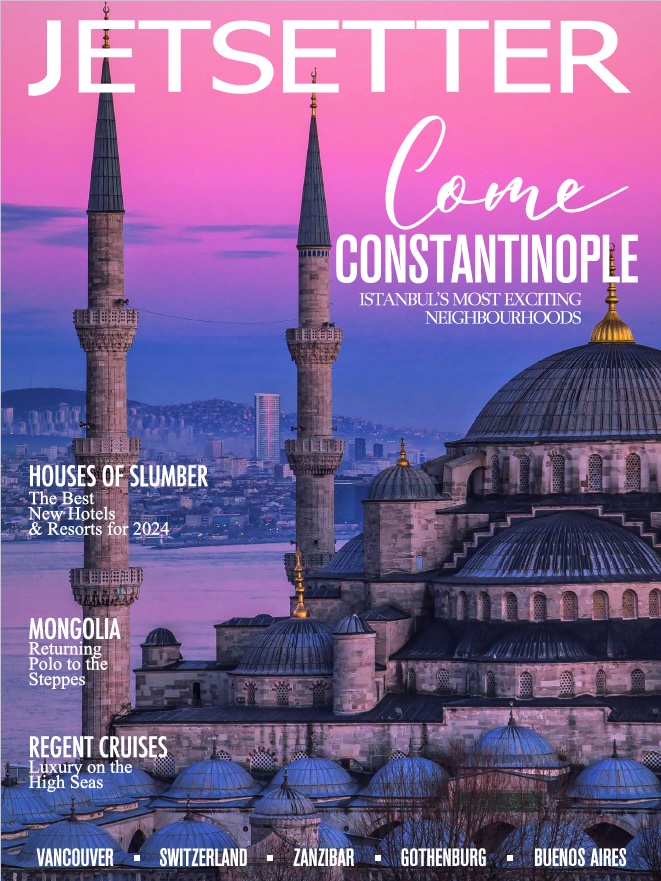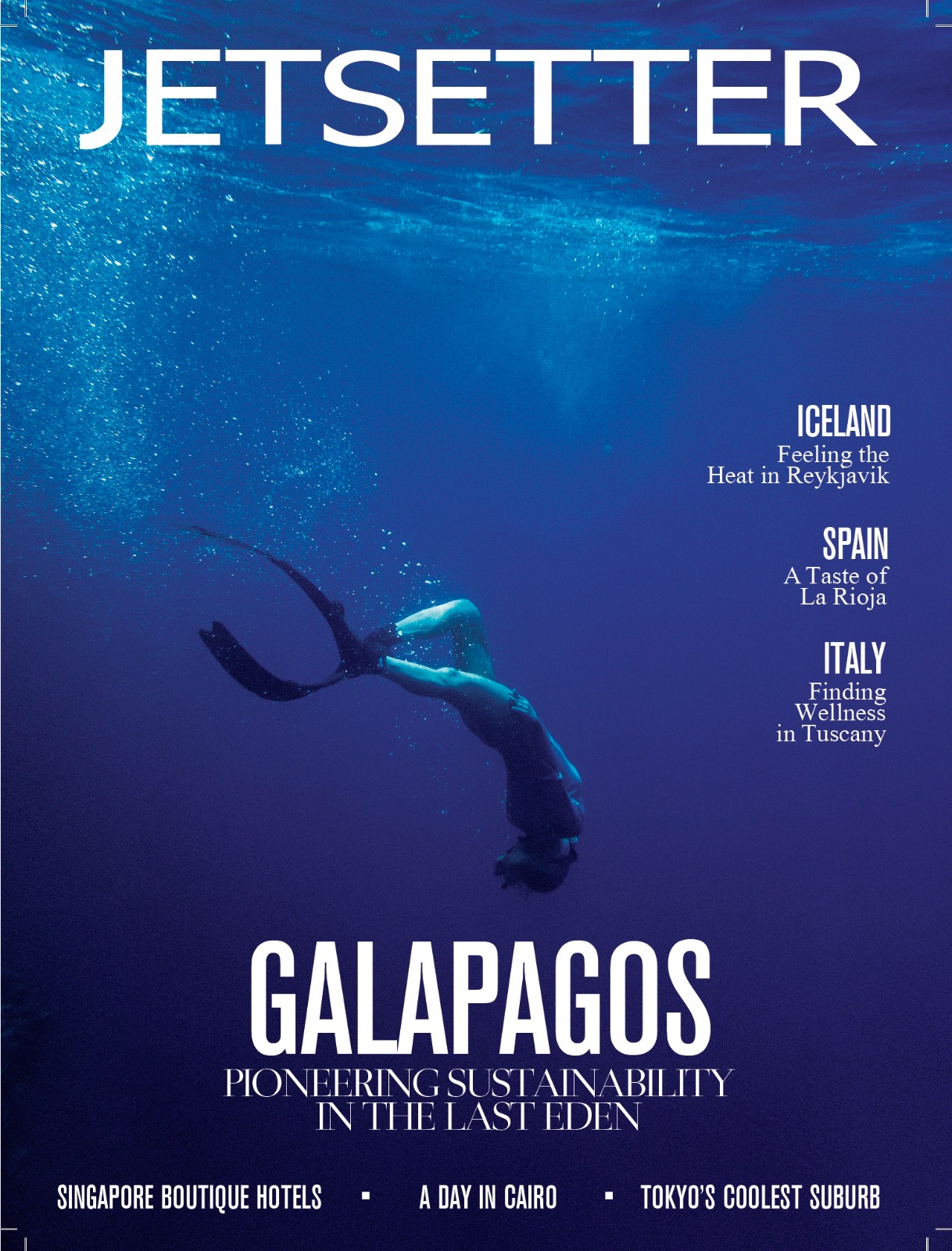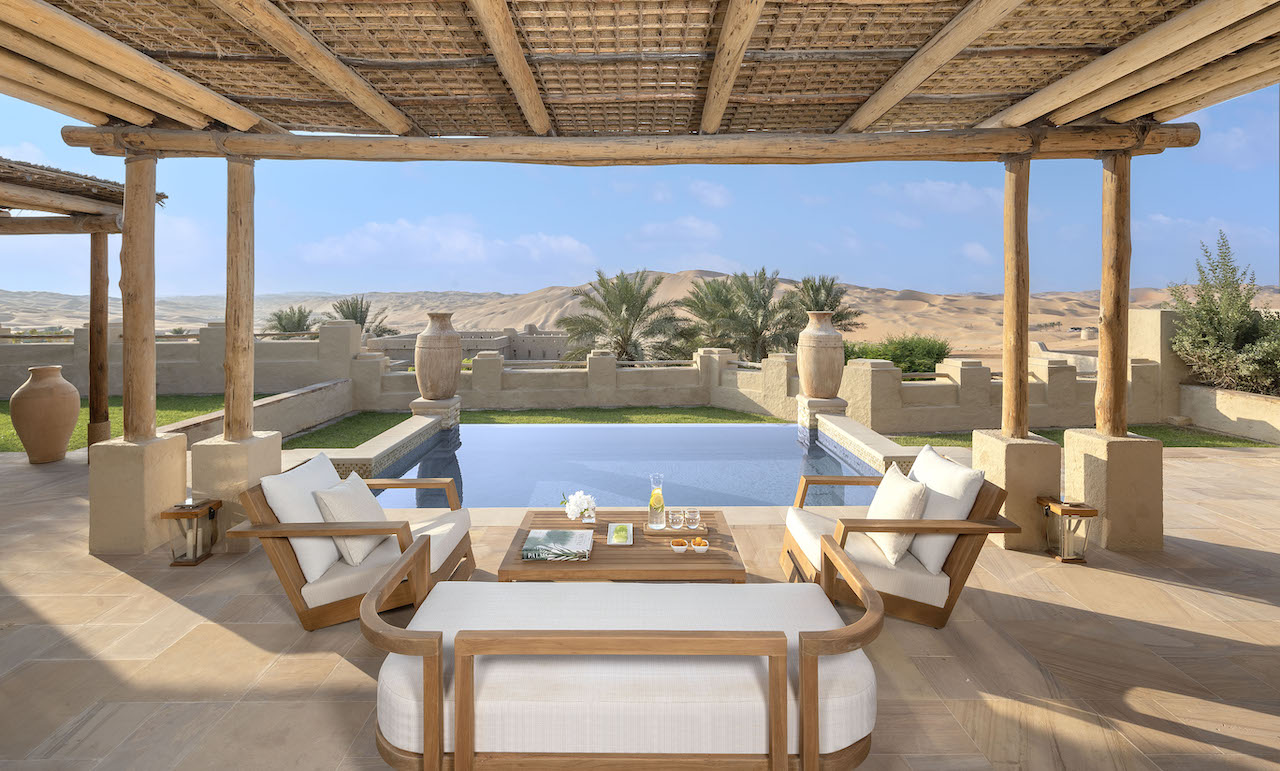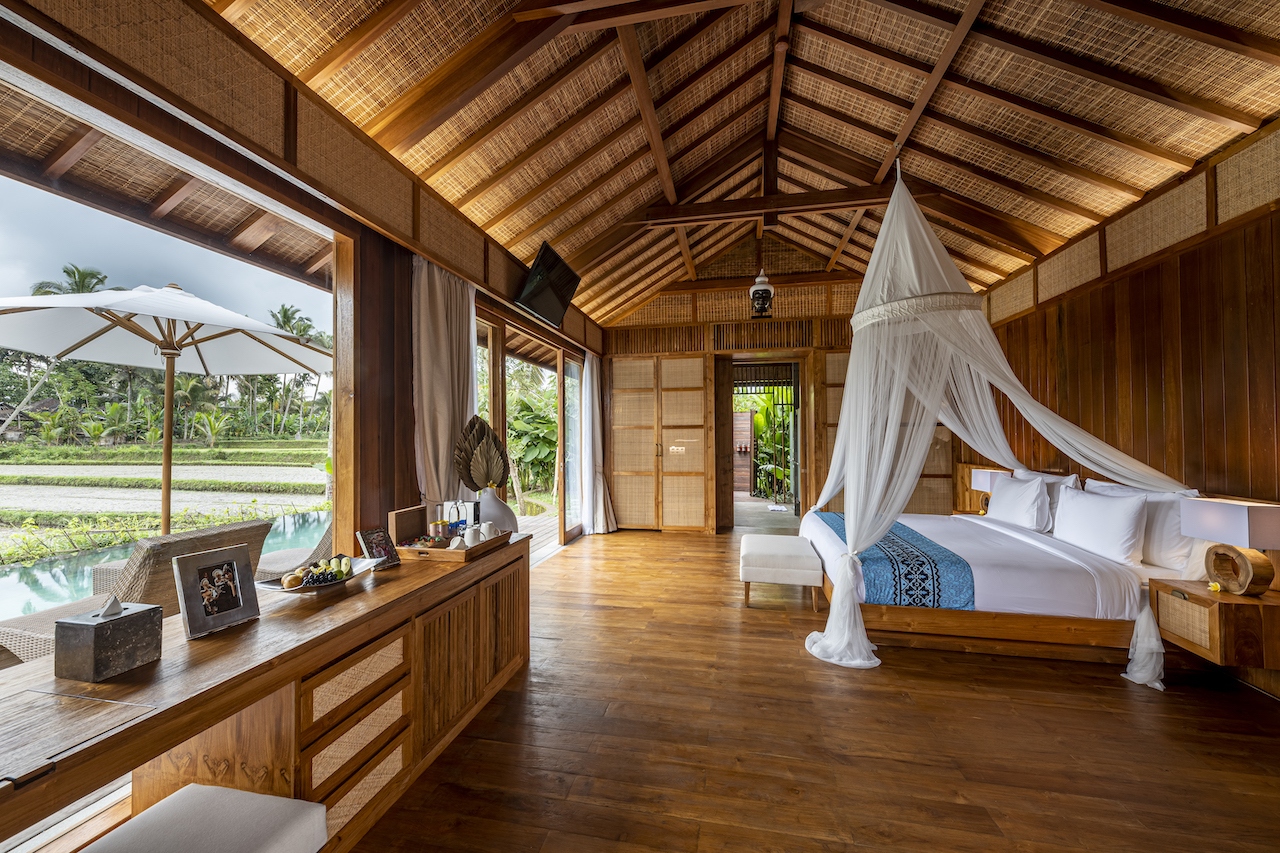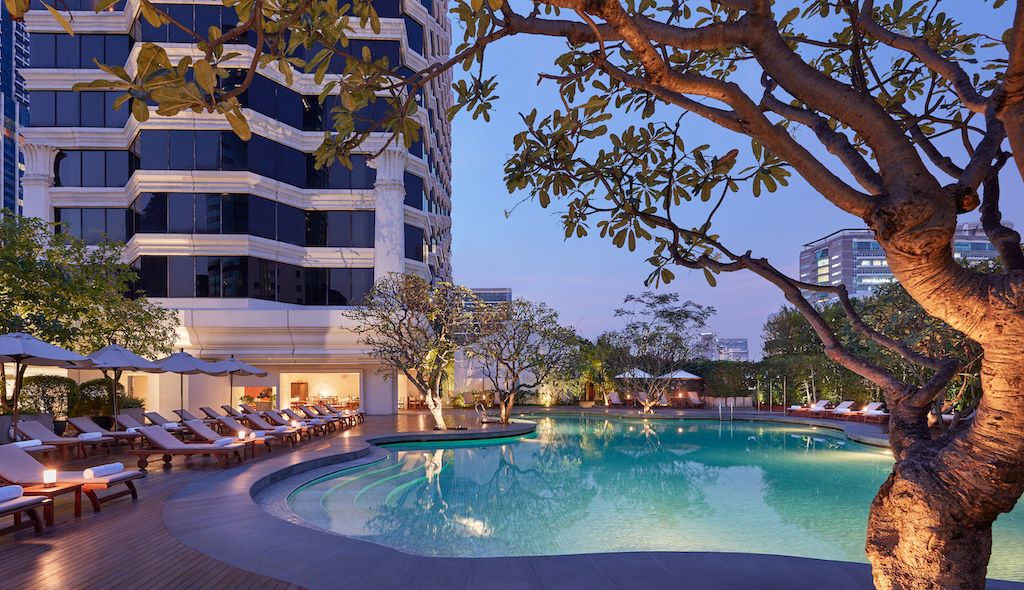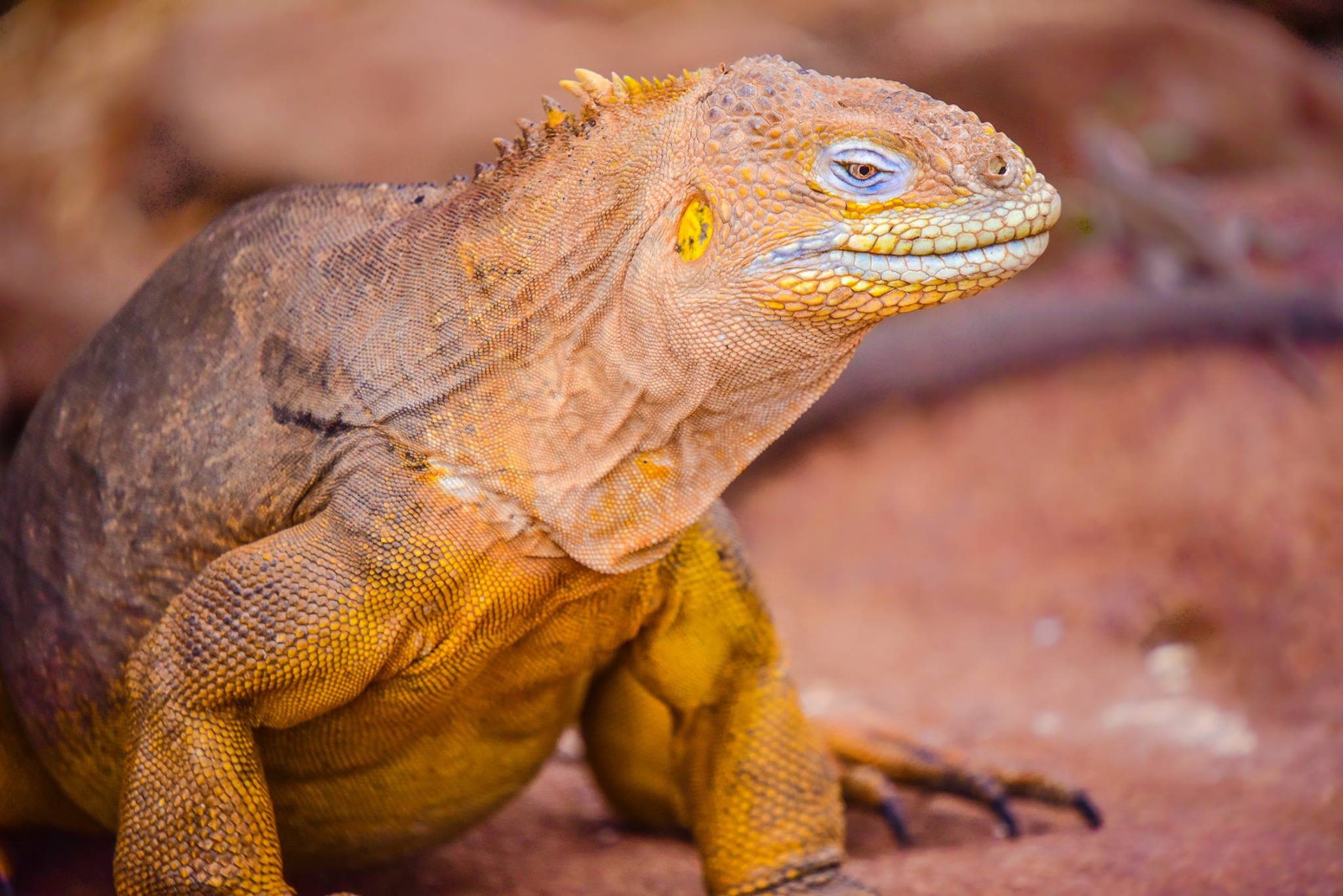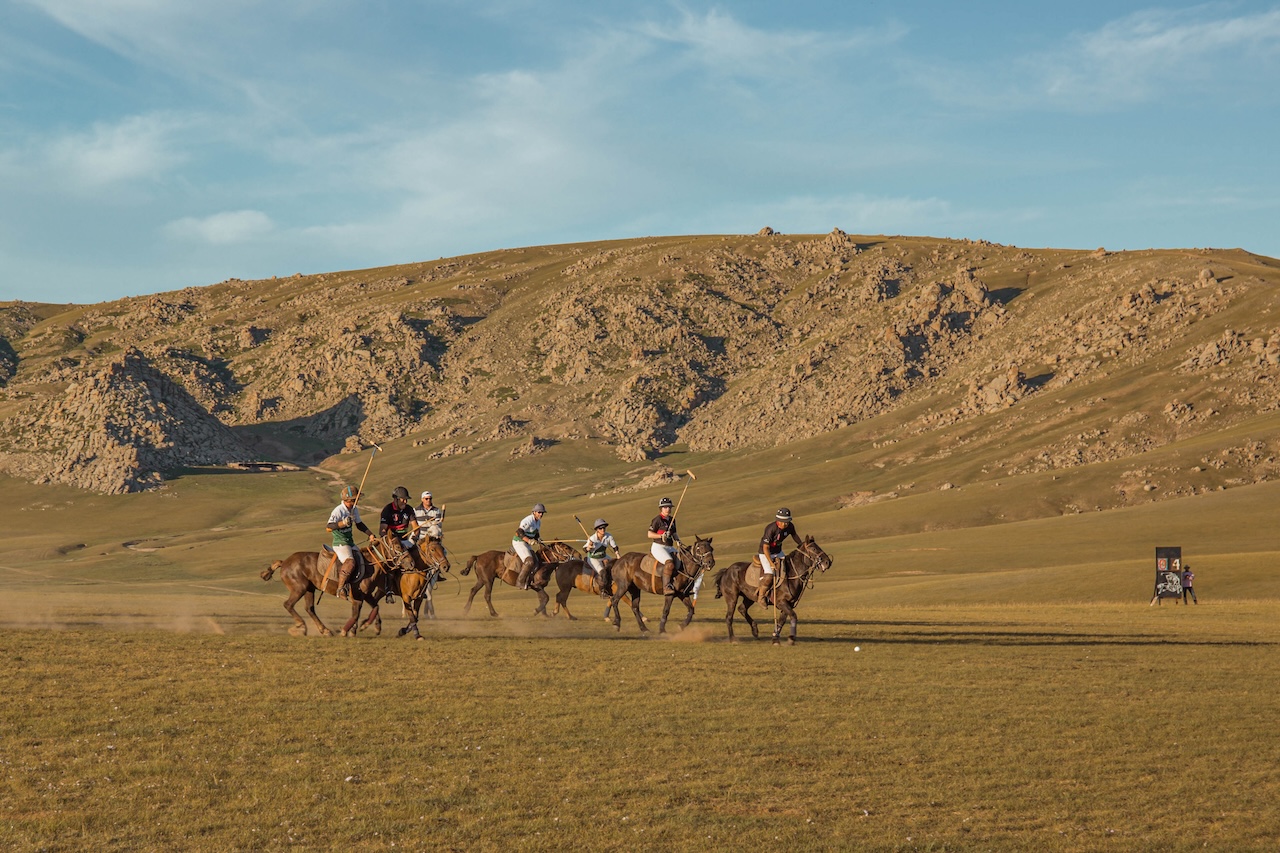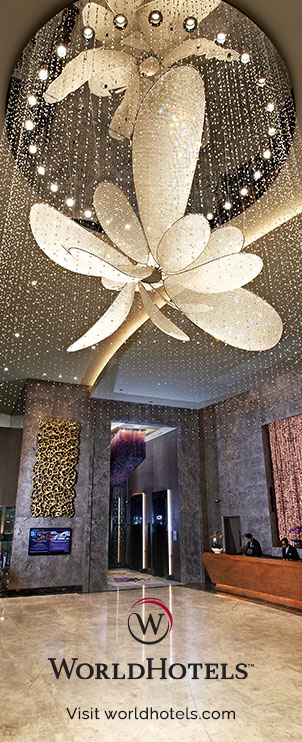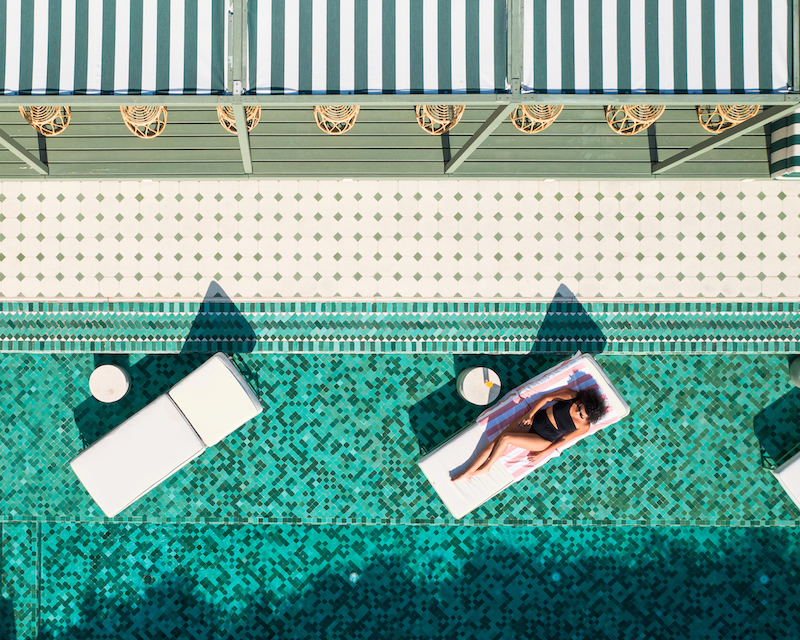

Despite turbulent times, Lebanon remains a nation inspired by its heritage and defined by its resilience.
Beirut’s iconic Phoenicia hotel has relaunched after the devastating Beirut Blast of 2020, heralding that Lebanon is once again ready to receive. And grandly so, The Phoenicia conveys, with our Ambassador Suite peering over the piercing blue Mediterranean.
At breakfast a flutter of stewards escort us every time we venture another of those plethoric Lebanese breads and the chefs, in an élan of enthusiasm, create extravagances exclusively for us. The Mosaic restaurant’s manager Nagi reveals he quit Australia, where he has citizenship, for Lebanon because “After years in Sydney, I never knew who my neighbours were. Nobody there has the time or the heart for such hospitality.”
READ: You’ll Be Seduced by Hong Kong’s New Hidden Cabaret
The realities of Lebanon soon impose. Culprits of the Beirut Blast remain unnamed. Investigations are always inconclusive in Lebanon. Weary of political shenanigans and corruption, and after years of sporadic sectarian violence, 20 million Lebanese have fled abroad. Only five million remain and they can’t access their money at the bank amidst economic turmoil.
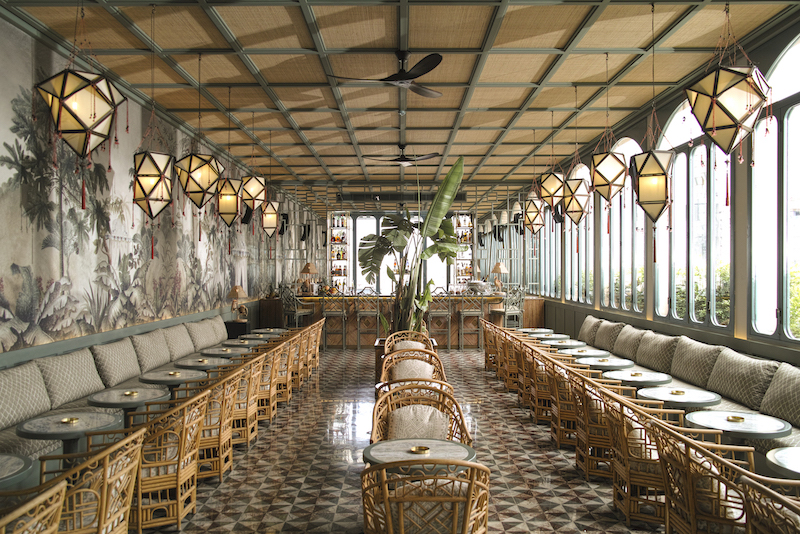
Hotel Albergo
But you’d never sense this down the road at Lebanon’s most exalted address, the quaintly sophisticated all-suite Hotel Albergo, a fanciful enchantment of art and curios. Here, Beirut’s beautiful people emerge from Rolls Royces dressed like they’re attending a premier at Cannes. As champagne corks pop and cocktails are shaken, we’re gripped by the pulsating throb of life lived large, despite a backdrop of political and financial gloom.
During my visit, Lebanon unfolds its myriad wonders, notably an insuperable resilience demonstrated by ravishing hotels that encourage tourists to explore the destination, especially its emerging wine tourism scene, and to delve into the inimitable joie de vivre of Lebanon’s people.
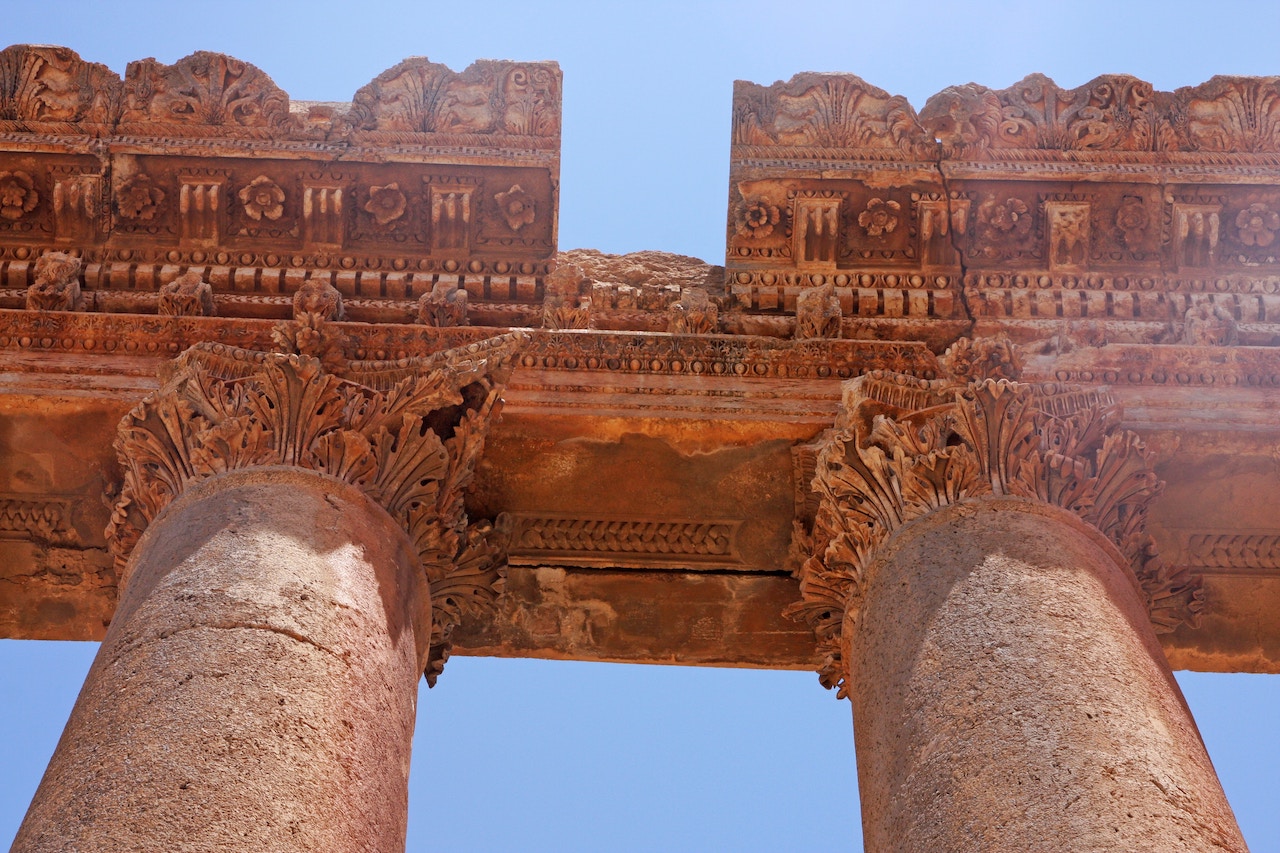
Roman ruins
That’s not to say there isn’t work to be done. I begin my own foray by escaping from the Albergo’s cocooning caresses to the legend-steeped, history-heaped Phoenician port city of Tyre, mythical birthplace of Europa, Cadmus and Dido. Visited by Herodotus, sacked by Alexander, Tyre is famed for its rare and regal purple dye and for the architects who built Jerusalem’s Temple of Solomon.
However, little of this history is on display in one of the world’s oldest surviving cities. A solitary placard feebly informs its status as a UNESCO World Heritage Site and while Roman ruins abound, their significance eludes us. Our driver says those who wish to suppress Lebanon’s tourism scene in the predominantly Muslim south have extirpated the detailed descriptions that once stood sentinel by the ruins.
READ: New Culinary Adventure with Silversea & Mirazur
Meandering through what could have once been Roman residential quarters and baths, via the grand Roman Colonnaded Road, we access the hippodrome. Astonishingly, there’s no demarcation between shoddy local residences and this ancient site. The cheer, the tumult, the thump of horses that once resonated through this most monumental of Roman venues have long died. Tyre El Bass’s Roman necropolis, set bewitchingly on cerulean seas like Carthage in Tunis, has a better audience.
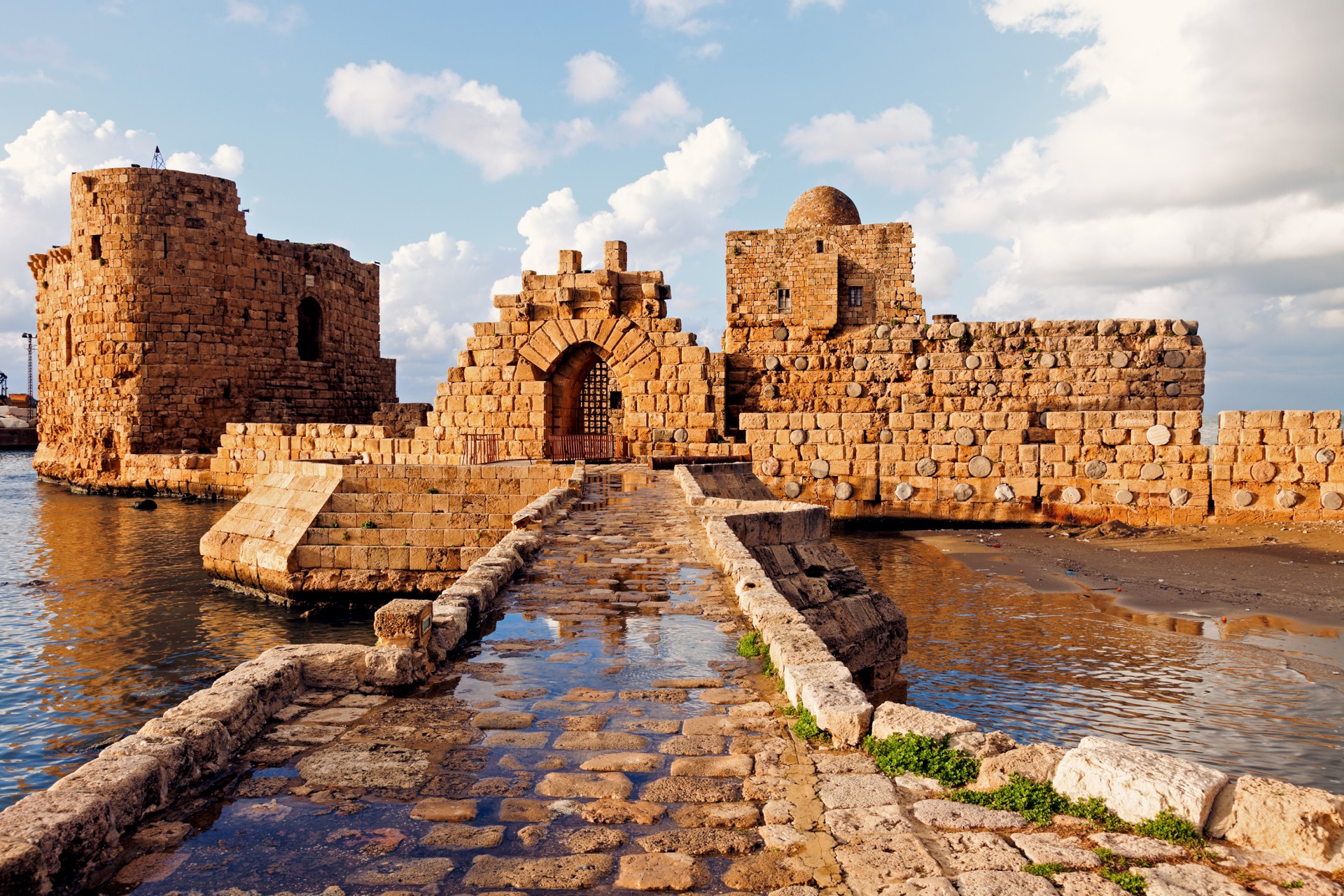
It’s then on to Sidon, to the 13th Cent crusader sea castle and souk. In Phoenician times Sidon manufactured Murano-like glass but how many know this? Indeed, we don’t know until later that 12 km south of Tyre is Qana, where Jesus is said to have performed his first miracle, turning water into wine.
Fortunately, this is a miracle Lebanon no longer requires, if ever it did: wine has flown through Lebanon and out of it since Phoenician times. After Islamists came along and ended the berry and merry-making, the Jesuits resurrected viticulture and nowadays, everyone from mining millionaires to medics have taken to wine-making and Lebanon’s wines are increasingly enjoying global renown.

Domaine des Tourelles
The spirit of Lebanon, bottled or embodied, is exemplified at Coteaux Du Liban in Lebanon’s wine valley Bekka. Roula Ghantous once hand-pasted labels on no less than 5,000 bottles of wine for export to France (as Hezbollah bombs exploded nearby). Widowed in her 30s when her husband succumbed to stress in the vineyards, she gutsily revived the winery into an international award-winner. Lebanon will uncork for us many such valorous tales that headily bottle its indomitable spirit.
At Lebanon’s oldest winery, Domaine des Tourelles, co-owner Emile Issa-el-Khoury narrates with panache how French engineer François-Eugène Brun, commissioned to construct the Beirut-Damascus highway, stayed back to open a hotel and decided you can’t sell rooms without wine, creating Lebanon’s first commercial winery in 1868.
In the picturesque gardens, Emile mingles his poetic rapture over the winery’s past with Lebanon’s present. People lost billions overnight when the economy crashed and banks stopped disbursing money. The crazed and desperate invaded banks to demand their hard-earned life savings. National disarray notwithstanding, Emile presides eloquent, elegant and so gallant that I must ask, “Are you an aristocrat?” Indeed.
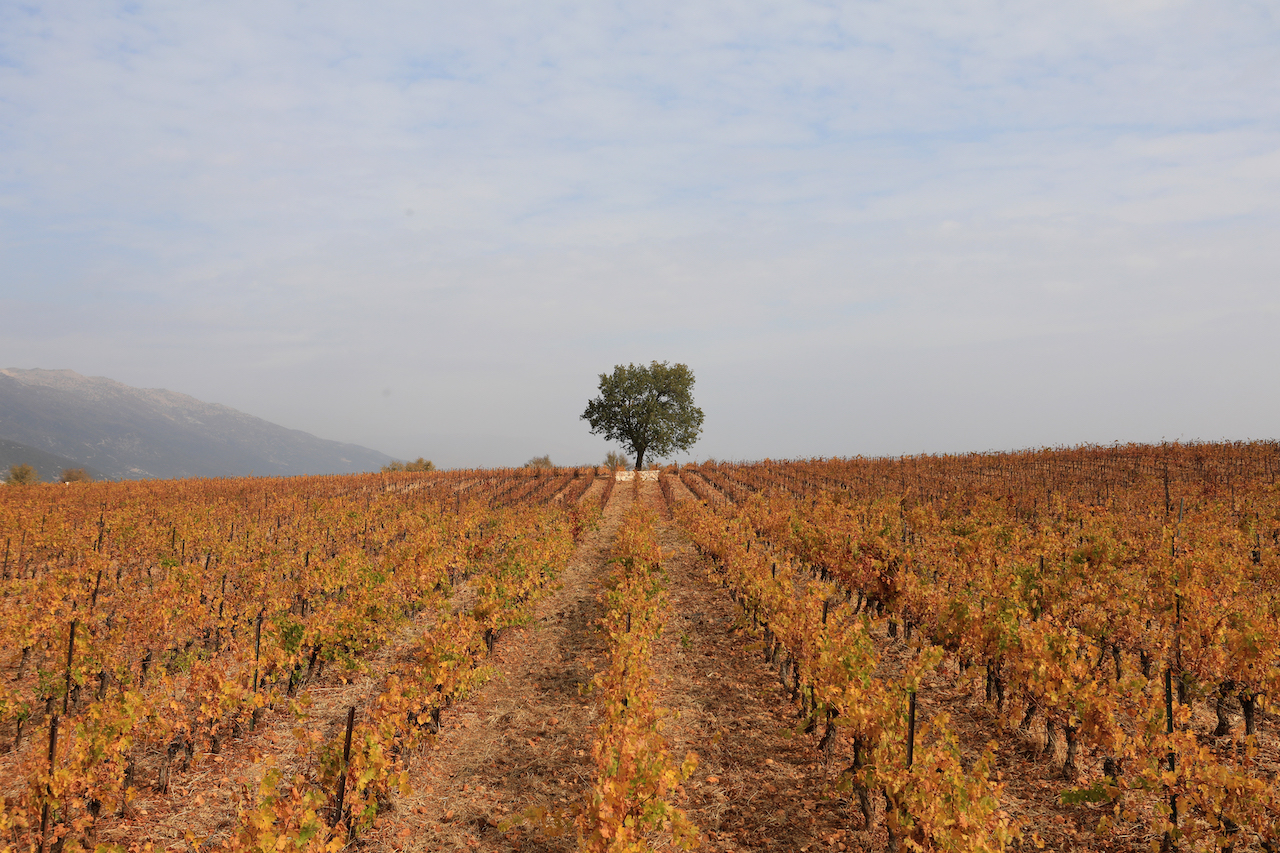
Chateau Marsyas
However, his cook doesn’t defer to blue blood, and shrieks that lunch is getting cold. The fuss over the food turns out to be justifiable, for this is the best lunches we will have in Lebanon, complemented by Emile’s premium wine, Marquis des Beys.
From the Bekka, we dash for a wine-tasting in Beirut hosted by charismatic Karim Saadé of Chateau Marsyas. Amidst Karim’s erudition about ancient civilisations and the soirée’s saturnalia, you wonder if Lebanon really is crisis-struck?
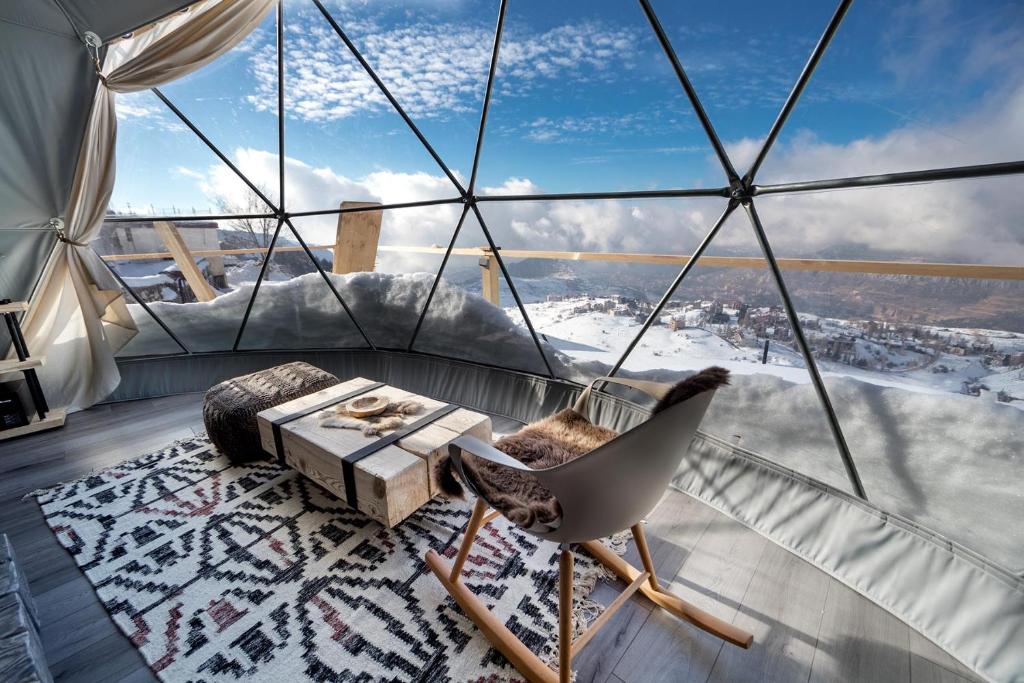
Odom Retreat
An hour later, we experience another high, in the Bakkish mountains at cutting-edge Odom Retreat. By morning, mists descend voluminously, obliterating the craggy, spartan landscapes. When the fog finally unravels, it reveals wisps of the slopes all gold-russet, the autumnal mystique of these parts bedazzling.
From luxurious monastery-turned-homestay Beit Trad we visit Chateau Musar, the winery that catapulted Lebanese wines onto the world map and into Michelin-starred restaurants. I join Ralph Hochar, the third generation of the winery’s founding family, to visit the historic maritime city of Batroun, which is intoxicatingly pretty, with or without the superb Chateau Musar 2014, which we discover over lunch.
READ: Oceania Adds Exciting Wine Experiences
Next we proceed to sacred Qadisha Valley. As we ascend, Mount Lebanon suddenly looms forth, mantled as if in a blaze of white fur. It’s snowing in November! What is terrific to me strikes terror in my mother. We aren’t prepared for cold but roaring fires and the warmest hospitality await us at Villa Chamoun, where the ebullient Rony Zebran explains his grandfather’s villa was a den of decadence in the “swinging 60s”, luring society’s cream for galas galore.
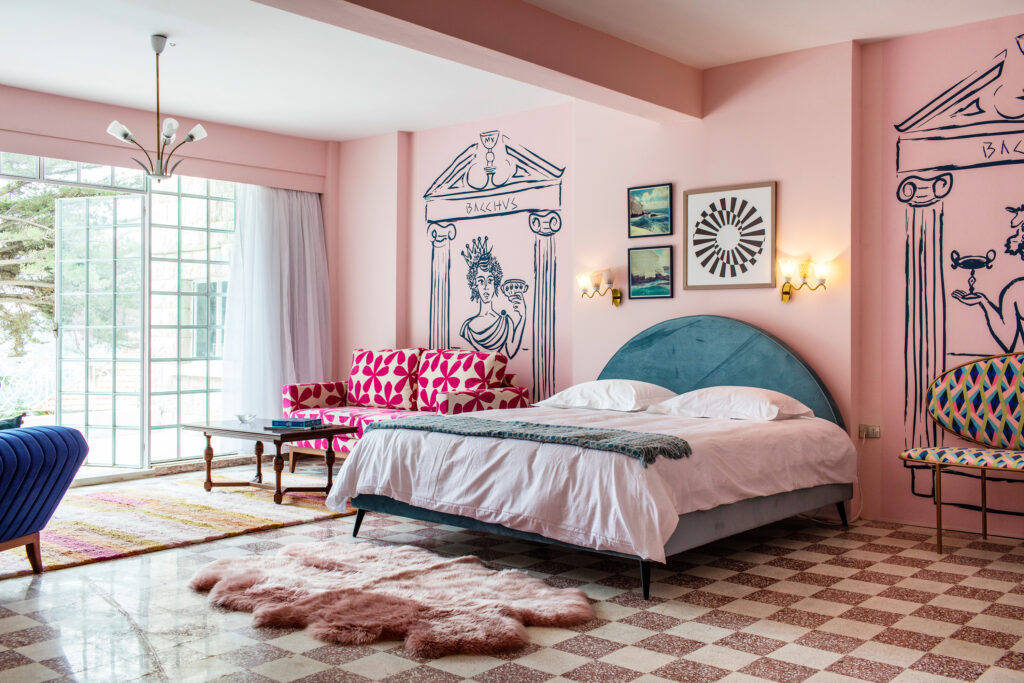
Villa Chamoun
Tragedy struck when his renowned grandfather was kidnapped amidst political turmoil in the 70s, never to return. Shut for 50 years, the villa has just been restored, stylish yet faithful to its 60s origins, and is a glamorous invitation to explore remote Qadisha.
Over five days, the wonderful young manageress Maria chaperones us around this pristine UNESCO-stamped region famed for the Cedars of God, which were protected by Queen Victoria and poeticised by Lamartine. Countless monasteries speckle Qadisha’s mountains where cave hermits once resided, enduring ferocious winters. Ask Maria how they survived, she replies blithely: “They prayed.”

Beit Noun
In turn, we pay homage to acclaimed Lebanese writer-artist Kahlil Gibran at The Gibran Museum and flee the rain to Tripoli’s 13th Century Mamlouk souks, home to a historic hammam and soap khan, who supplies the world’s most precious soap, laced with 24K gold, to the likes of King Charles III and Pope Jean Paul II.
READ: A Seductive New Look for The Anam Spa
Back at the villa, I don its famous kimabayas (winter kimonos) and hit the bar; Rony has a splendid whisky collection, and Bar Michel is named for Rony’s uncle, who got him drunk on whisky at seven. Quite in the spirit of Lebanon!
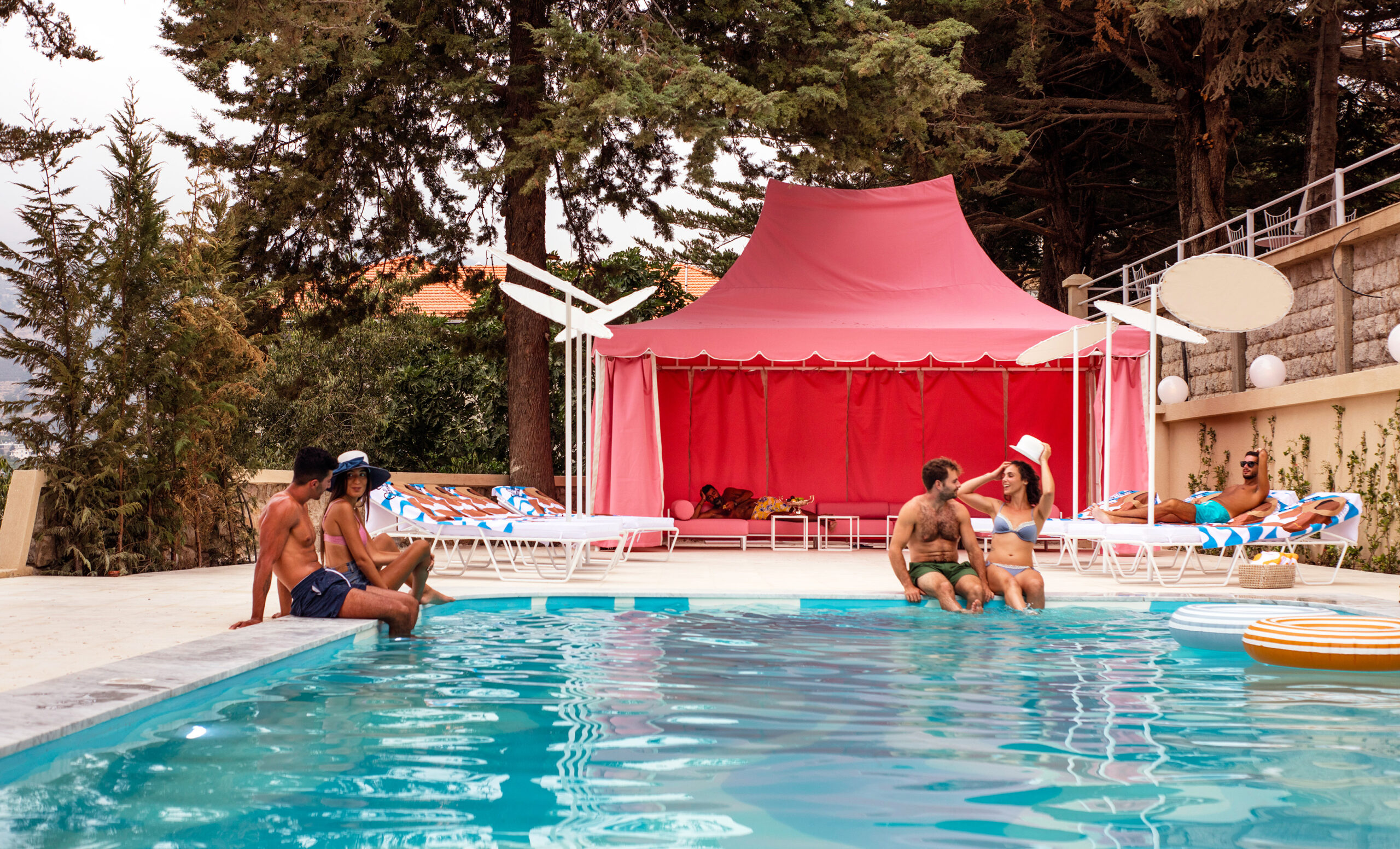
Villa Chamoun
However, that spirit, literally, is arak, the joys of which we discover at gorgeous new Beit Noun, an august heritage home transformed into a contemporary hillside haven, from where we access Byblos. Inhabited since 8800 BC, Byblos is arguably the world’s oldest port and birthplace of the Phoenician alphabet. Our escort reveals he left a high paying job in Dubai for Lebanon, where he can leave the office to enjoy heritage sites, the seas, and the blue skies. “In Dubai I hadn’t time to see the blue skies – if they exist in Dubai,” macheted as they are by shooting arms of concrete.
From Jeita Grotto, boasting the world’s longest stalactite, we venture to Bkerzay, a resort in the Chouf mountainsshowcasing vernacular architecture. Owner Ramzi Selman’s sister Zeina invites us to a party to live that “joie de vivre à la Libanaise.” The party is already raging when we arrive at 6 pm. The belly-dancing begins and Zeina’s 86-year-old mother-in-law steels the show.
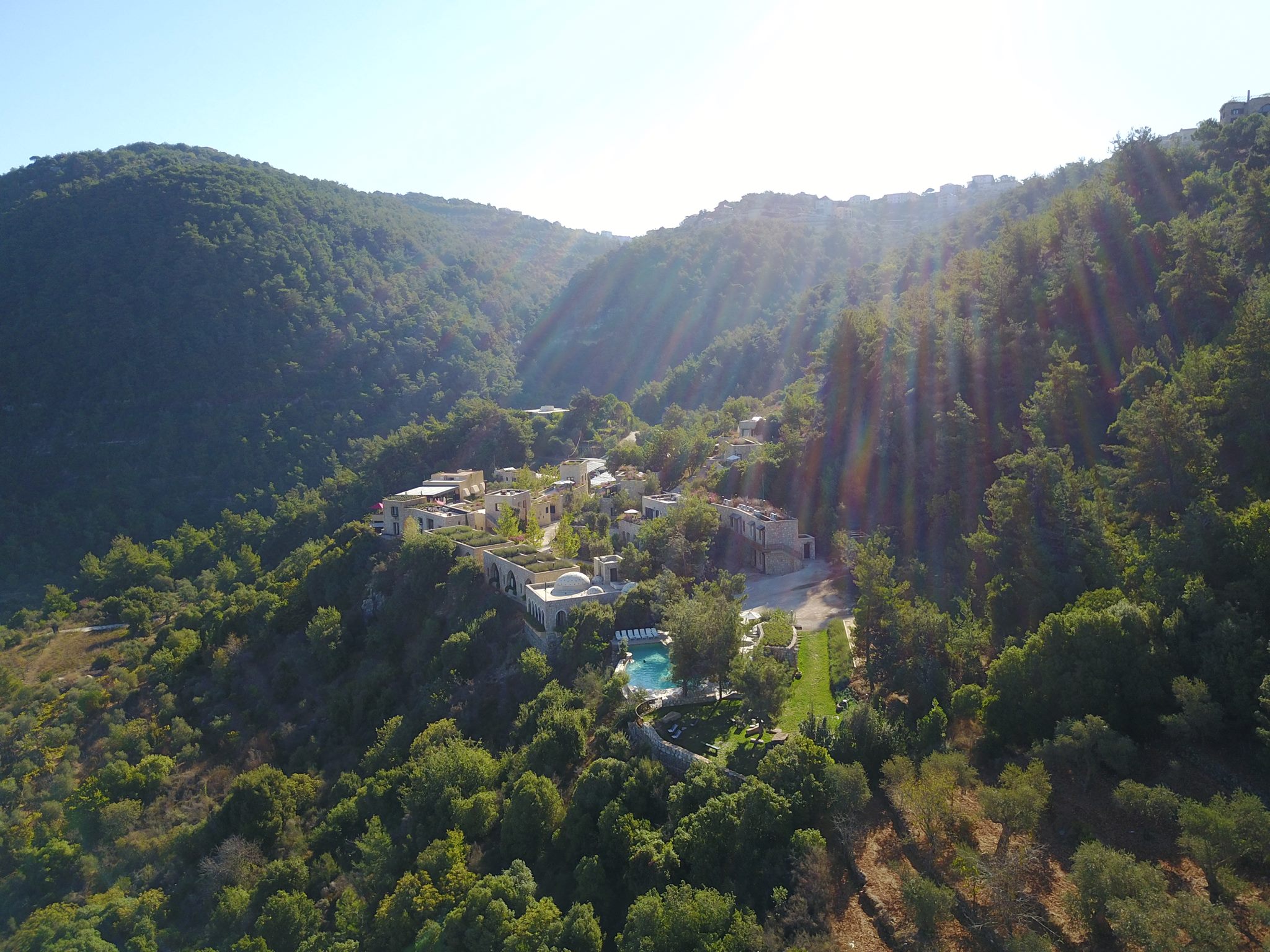
Bkerzay
Ramzi and Zeina are Amal Clooney’s cousins (yes, they attended the Clooneys’ Venice wedding) and in his private villa with swimming pool and tennis court, jet-setting Ramzi muses how the world’s Who’s Who once sailed to Beirut for its libertinage of luxuries. “But Lebanon’s clock of beauty stopped in the 1970s.”
In Baalbek, which Proust understandably glorifies, we discover the best-preserved remains of Roman temples on earth. The sheer colossal sprawl of The Jupiter Temple, staged atop the world’s biggest monoliths, staggers. Feeling Lilliputian, we behold Baalbek’s emblematic soaring columns standing majestic, whilst the sculpted lions that once crowned them languish in abandon amidst the relics of one of the most tremendous examples of Imperial Roman splendour.
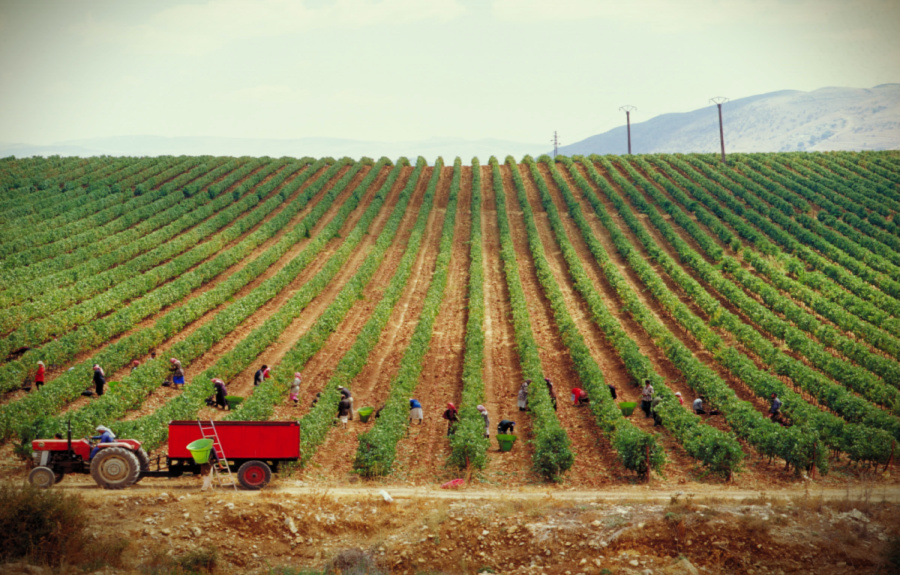
Chateau St Thomas
Teetering with amazement we head to Chateau St Thomas where Nathalie Touma and her family, mother et al, convene to have us discover their multi-award-winning wines, the legacy of Nathalie’s father who was removed from school at 12 by his widowed mother to work the vineyards. Upholding family spirit, Nathalie’s Bordeaux-trained brother made indigenous Obeidi grapes trendy, even deploying them in a classy rosé.
READ: Bo Innovation Creates Arts of Asia Menu
At Lebanon’s latest abode of unbridled luxury, Indira, a museum-like heritage hotel on the outskirts of the capital, with more Syrian wood ceilings and baccarat chandeliers than Beitaddine Palace, wine galas unfurl by night; by noon, ambassadors lunch alfresco on hill-perched sea-facing terraces bedecked with guests apparelled as if they were in Monte-Carlo. It’s almost like Nero fiddling as Pompeii burned. Isn’t Lebanon in economic mayhem?? After all, the fabulous National Museum shuts by 2 pm – they haven’t fuel to run the generators!
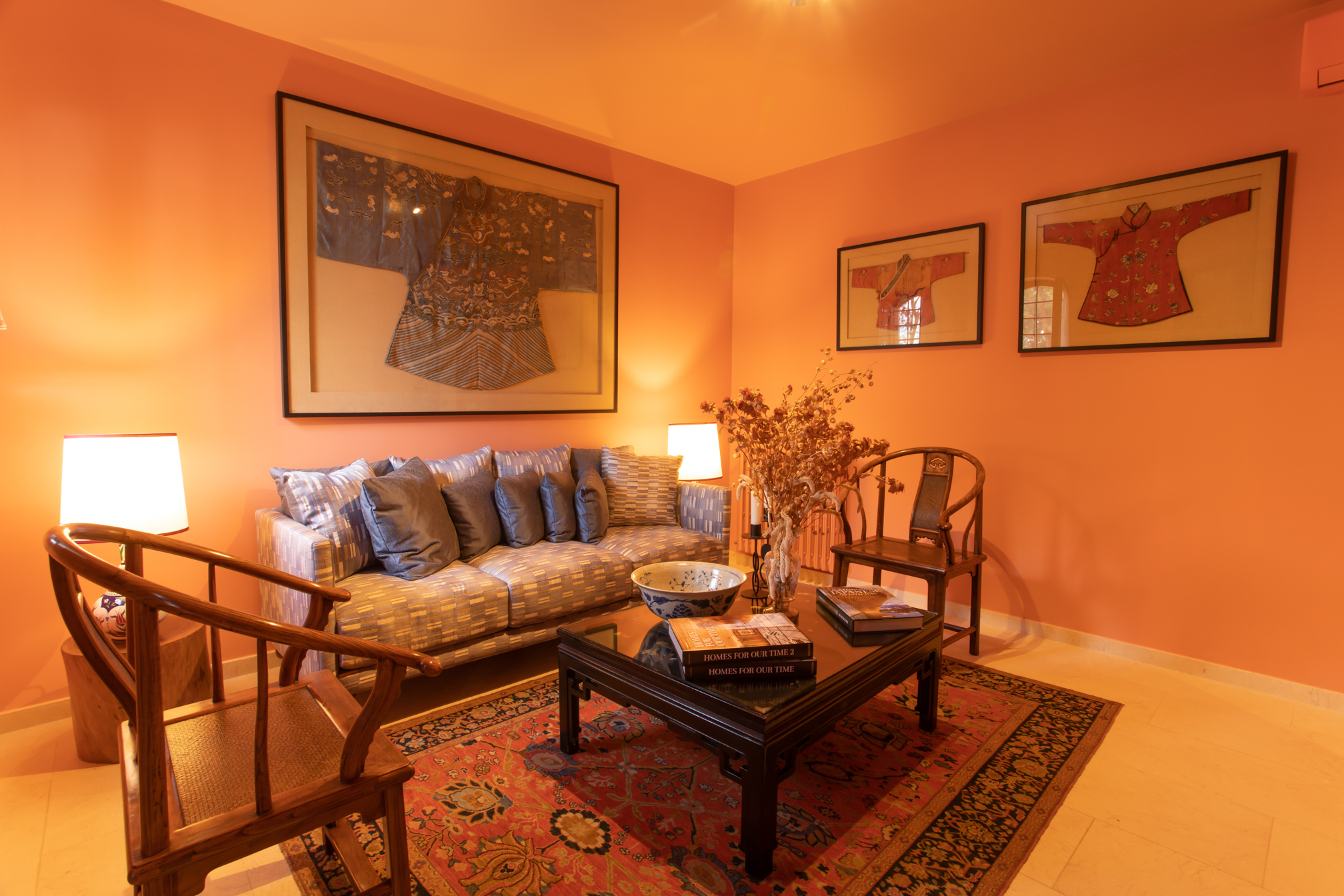
Indira
The situation’s urgency impelled Maya Ibrahimchah to forsake a lucrative post in finance to launch talk-of-the-town Beit Kanz, a chic charitable initiative that revives local crafts and foods, teaches skills, and sustains pensionless elders. Wrecked by the Beirut Blast, the heritage building Kanz occupies was deftly restored by young artists and tremendous donations enabled this beautiful and benevolent restaurant-cum-boutique to reach fruition.
Lebanon’s clock of beauty has started ticking again. Time to celebrate the enduring spirit of this extraordinary nation. Chin Chin!
For more Destination stories click here.


